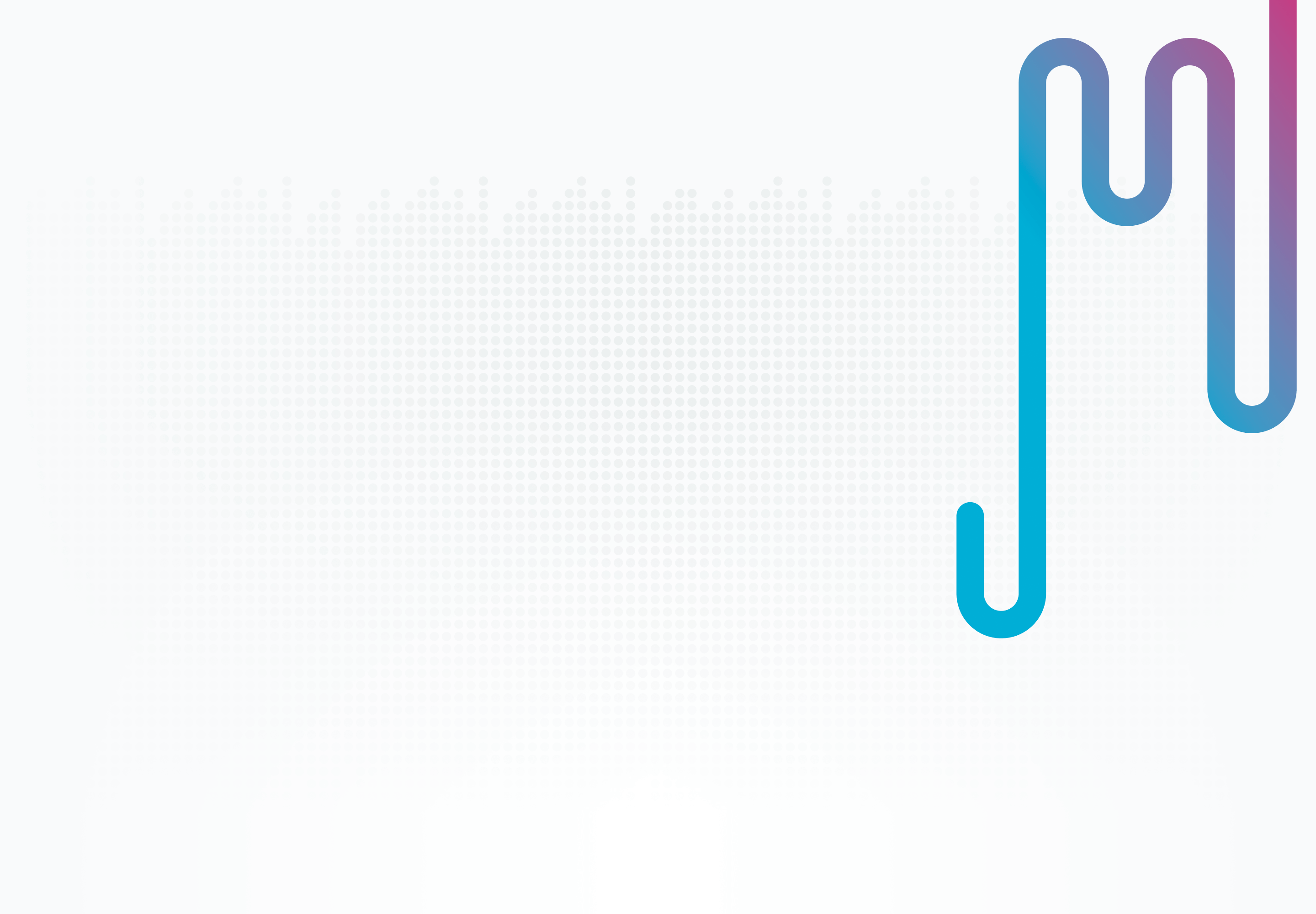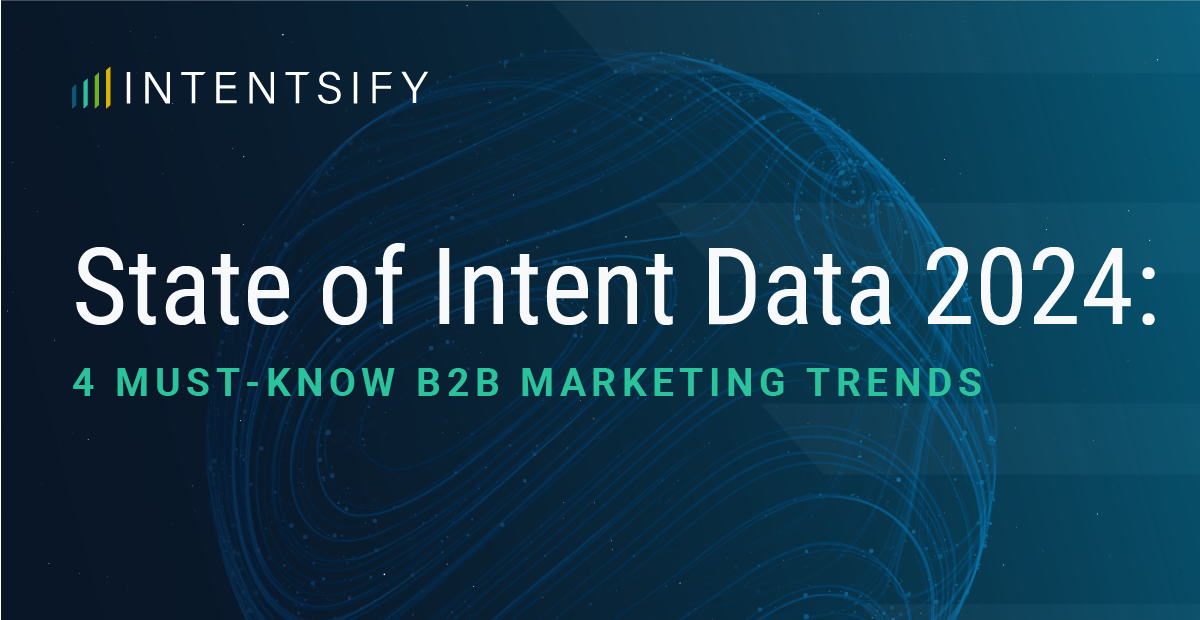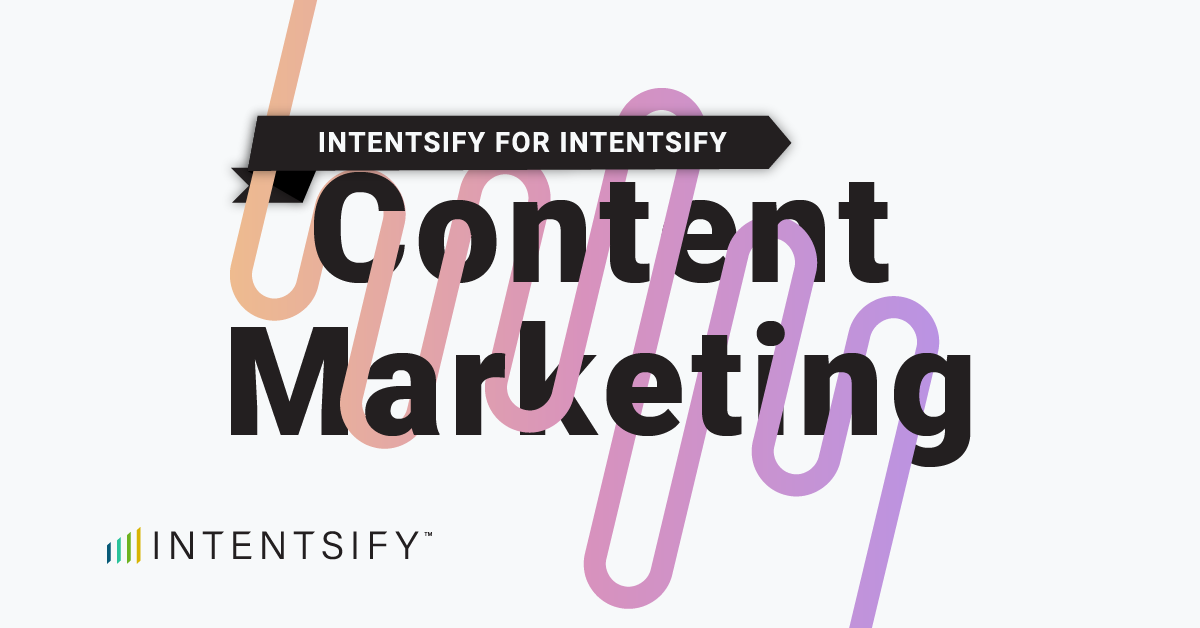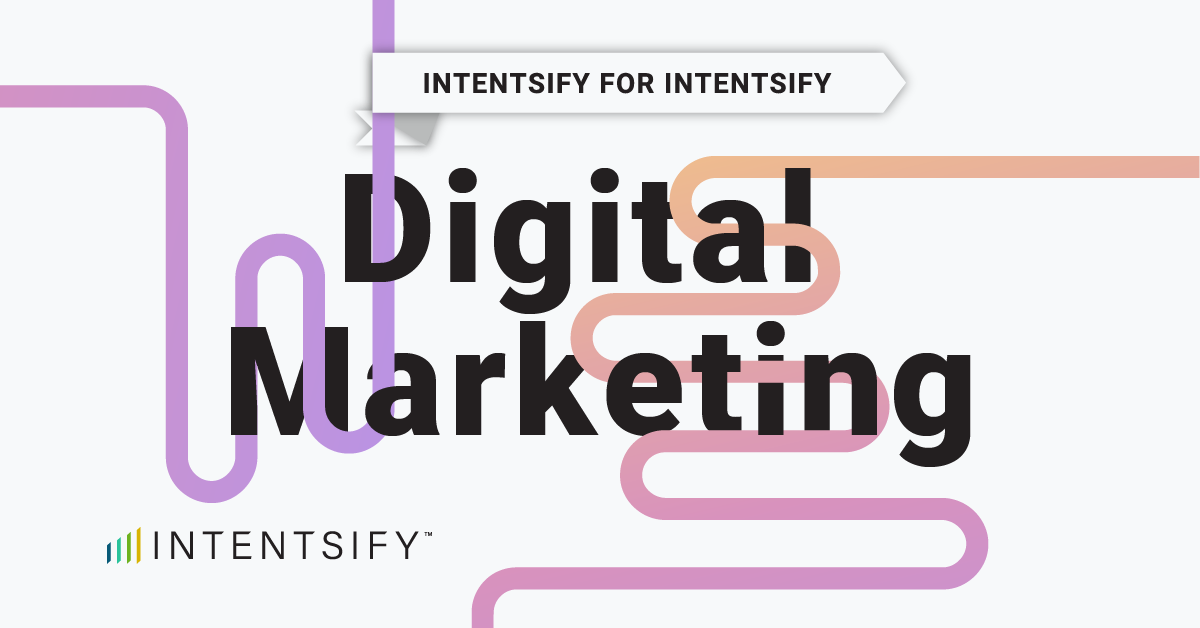Account-based marketing (ABM) is the staple in any B2B marketer’s toolkit. However, a broad-stroke approach using account-level intent signals is no longer sufficient for navigating increasingly complex buying groups, which consist of an average of 11 individuals representing numerous roles.
So, how do you effectively target your outreach and messaging?
Buying group intent data is the secret weapon that supercharges your ABM strategy throughout the buyer journey. You can apply the data insights to develop target-account lists (TALs), improve lead generation, inform segmentation for digital ads, enhance BDR outreach, increase customer lifetime value (CLV) through cross-selling, and prevent churn.
However, not all intent data providers are equal. Much of your success depends on a solution’s quality and capabilities. Let’s review what you should look for to ensure successful implementation.
How To Evaluate Intent Data Providers for Your GTM Strategy
How do you find solutions that truly help teams identify opportunities, prioritize accounts, and customize buyer-journey outreach? From precise persona-level analytics to actionable insights, here are the key capabilities that drive results:
1. Solution-Level Intent Modeling (i.e., Bespoke Modeling)
Consider how an intent data provider derives and scales intent signals. Category modeling weighs topics equally, failing to differentiate buyer interest between similar solutions, thus limiting intent data impact.
On the other hand, solution-level modeling weighs the relevance of each captured behavior to differentiate between solutions within the same category. For example, Intentsify offers account-level, buying-group-level, and persona-level intelligence. We also custom-weigh topics and keywords based on your solution messaging to support seamless activation.
2. Persona-Based Analytics
Choose providers that identify intent by job characteristics like titles, seniority, functions, and responsibilities. These should let you combine criteria to create personas matching individuals who influence purchases.
The provider should allow you to synthesize signals captured at the persona level into scoring models for your specific use cases. These include aggregate intent scores for the entire buying group and by persona, topic interest by persona, buying cycle analysis for each persona, and topic interest against historical baselines.
3. Contact Data Matching Capabilities
Persona-level intent signals are incredibly valuable, but you must combine them with business contact information to turn insights into meaningful outreach. Your intent data provider should offer ready-to-use contact data for surging personas at target accounts, connecting the dots and allowing sellers to capitalize on real-time, dynamic buying signals.
4. Insight Generation and Recommended Actions
Accessing data is the easy part. You must also effectively analyze and activate the information. No wonder Forrester uses “insight generation and recommended actions” as a key criterion for assessing vendors in its Q1 2025 B2B Intent Data Wave report.
Your intent data provider must offer analytics capabilities to help you identify and prioritize marketing or sales actions. For example, Intentsify’s Lead Activation Summaries automatically generate a summary for each lead generated via our content syndication campaigns and include next-action recommendations based on research stages and key topics of interest.
Don’t settle for generic data. Ask vendors these questions:
- Can you show me how you differentiate between general category research and specific solution interest?
- How do you identify and track individual personas within an account, not just the account as a whole?
- Can you demonstrate how your system weighs different behaviors to determine genuine buying intent versus casual research?
- How do you connect intent signals to contact data for immediate outreach?
Red Flags To Watch For When Selecting an Intent Data Provider
Many intent data providers use buzzwords and vague language to ride the “buying group intent bandwagon” without the actual capabilities to deliver. Here’s what to look out for:
- Misleading “buying group” claims. A vendor provides account-level intent data with persona-matching contacts without capturing and analyzing persona-level signals or organizing them into buying-group-focused insights.
- Limited intent sources, topic coverage, and signal volume. A vendor only uses one or two intent data sources, fails to track sufficient topics or keywords (e.g., under 30k), or processes a low volume of monthly intent signals (e.g., fewer than 1.1 trillion).
- Lack of research stage identification. A vendor doesn’t offer the data to help you identify where each persona is in their buying journey or differentiate between early-stage and late-stage research behaviors to provide the right contact.
Download The Buying Group Intent Checklist for a full list of green and red flags.
Key Considerations to Turn Intent Data into Pipeline
Choosing the right intent data provider is a critical first step. Then, you must set your teams, systems, and processes up for success.
Define your use cases, such as inform paid media targeting, guide SDR outreach, and prioritize accounts. Then, align marketing, sales, and RevOps teams on processes, key signals, and KPIs (e.g., an increase in MQL-to-SQL conversion rate, a lift in pipeline velocity from targeted accounts, and reducing churn from at-risk customers flagged by intent signals).
Integrate your intent data provider’s platform with your CRM, MAP, and sales engagement platforms to automatically route surging accounts and leverage trigger-based workflows for nurture or outreach. Also, build playbooks for activation by mapping different intent signal types to specific actions.
For example, late-stage buying signals should trigger direct SDR outreach, while cross-sell interest should alert customer success or account managers. For seamless implementation, find vendors that offer robust native and custom integrations with popular platforms like Salesforce and HubSpot.
Intentsify’s AI-powered solution empowers marketers to turn buying signals into actions with customized advertising and lead-generation programs. To help you evaluate vendors and spot the green and red flags, download The Buying Group Intent Checklist.






